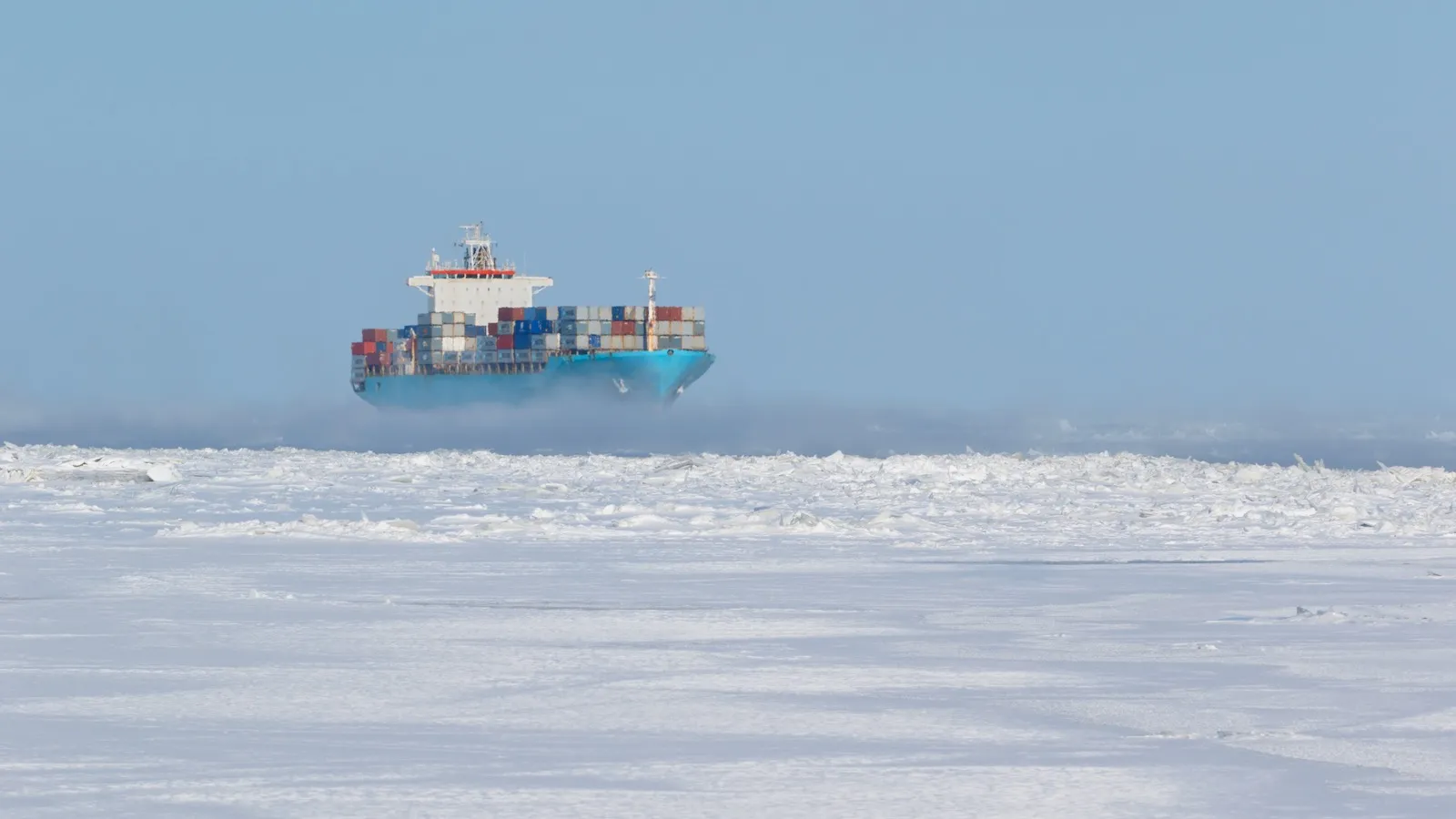
- Details
- By Anita Hofschneider, Grist
For 5,000 years, the Inuit communities of the Arctic have relied upon the ocean and its wildlife to sustain them. But as climate change warms seas and melts ice, ships are venturing north in greater numbers. With them comes a sharp increase in undersea noise that disrupts sea creatures, adversely impacting the hunters who have pursued them for millennia.
This story was originally published by Grist. Sign up for Grist's weekly newsletter here.
In response, the Inuit Circumpolar Council, which represents about 180,000 Inuit from Alaska, Canada, Greenland, and Chukotla, has urged a United Nations agency that oversees commercial shipping to adopt mitigation guidelines that incorporate Indigenous knowledge.
Earlier this month, the International Maritime Organization published recommendations that advise the shipping companies traversing the Arctic to draw on that experience and lists specific suggestions for reducing the din. It’s a significant recognition of the value of Inuit expertise, and the potential for their insights to mitigate the racket caused by ships breaking through ice and hauling cargo across miles of ocean.
“Inuit and Indigenous peoples have extensive knowledge about underwater radiated noise impacts on marine wildlife, and its impacts in sensitive areas,” the new Arctic-specific guidelines say. “This knowledge should be used by mariners in voyage planning and operations in order to minimize impacts to sensitive marine species and local communities.”
Because sound travels much further through water, the passing of a ship can impact marine life over great distances. Much of the noise these vessels create clutters the frequencies whales, fish, and other creatures use to communicate, hunt, mate, and navigate the inky depths. Persistent rumbling and droning above 120 decibels — about the volume of a chainsaw — can alter their behavior, and short blasts at 200 decibels or more can damage their hearing.
“Whales need quiet seas, and Inuit depend on healthy oceans for harvesting and culture,” the Inuit Circumpolar Council said.
In warmer waters, research has linked the pings of Navy sonar to the stranding of Cuvier’s beaked whales. The vast expanse of the Arctic makes it harder to spot potential strandings, but scientists worry about the potential for loud noises to disrupt deep-diving cetaceans like narwhals.
In an effort to minimize the cacophony, the guidelines say shipping companies should consider using electric engines or changing the designs of vessels’ propellers and bows. They also ought to incorporate Inuit knowledge when gathering data on underwater radiated noise and share their findings with researchers and Indigenous communities, the agency wrote.
The maritime organization also emphasized the importance of helping Indigenous groups understand and manage the effects of underwater radiated noise themselves.
Melanie Lancaster, a biologist and expert on Arctic species at the World Wildlife Fund, told Grist the new guidelines are valuable but wishes they were mandates, not suggestions — something the Inuit Circumpolar Council has also called for.
The shipping industry has a patchy history complying with both mandatory and voluntary shipping speed limits. Just this week, the environmental group Oceana released a report saying that 84 percent of ships on the East Coast sped through stipulated slow zones between November 2020 and July 2023, threatening endangered whales. The National Oceanic and Atmospheric Administration disputed the findings.
The Arctic is generally quieter than other parts of the globe. Animals there may be less acculturated to noise due in part to the ice that settles like a blanket over the ocean, Lancaster said. At the same time, ships may need to break that ice as they pass through, compounding the undersea noise affecting seals, walruses, and other wildlife.
Lancaster considers mandatory speed limits in the Arctic especially important because noise pollution is increasingly common there as shipping increases. One report noted that such commotion doubled in parts of the region between 2013 and 2019.
“The ocean is opening due to climate change, which is melting the sea ice, and that’s actually enabling ships to go further,” she said. But, she added, the problem that creates is easily solved.
“It’s pollution with a solution,” she said. “If you stop doing it, it’s gone.”
This article originally appeared in Grist at https://grist.org/global-indigenous-affairs-desk/the-arctic-ocean-is-getting-louder-inuit-knowledge-can-help-quell-the-racket/.
Grist is a nonprofit, independent media organization dedicated to telling stories of climate solutions and a just future. Learn more at Grist.org
Help us defend tribal sovereignty.
At Native News Online, our mission is rooted in telling the stories that strengthen sovereignty and uplift Indigenous voices — not just at year’s end, but every single day.
Because of your generosity last year, we were able to keep our reporters on the ground in tribal communities, at national gatherings and in the halls of Congress — covering the issues that matter most to Indian Country: sovereignty, culture, education, health and economic opportunity.
That support sustained us through a tough year in 2025. Now, as we look to the year ahead, we need your help right now to ensure warrior journalism remains strong — reporting that defends tribal sovereignty, amplifies Native truth, and holds power accountable.
 The stakes couldn't be higher. Your support keeps Native voices heard, Native stories told and Native sovereignty defended.
The stakes couldn't be higher. Your support keeps Native voices heard, Native stories told and Native sovereignty defended.
Stand with Warrior Journalism today.
Levi Rickert (Potawatomi), Editor & Publisher
